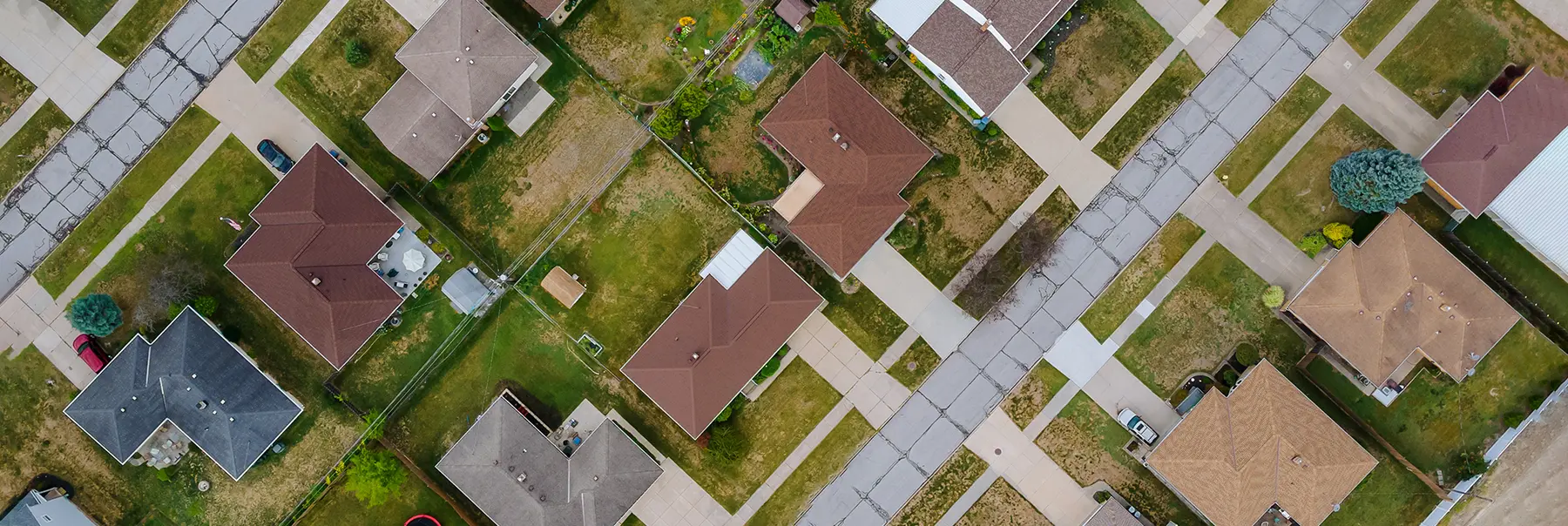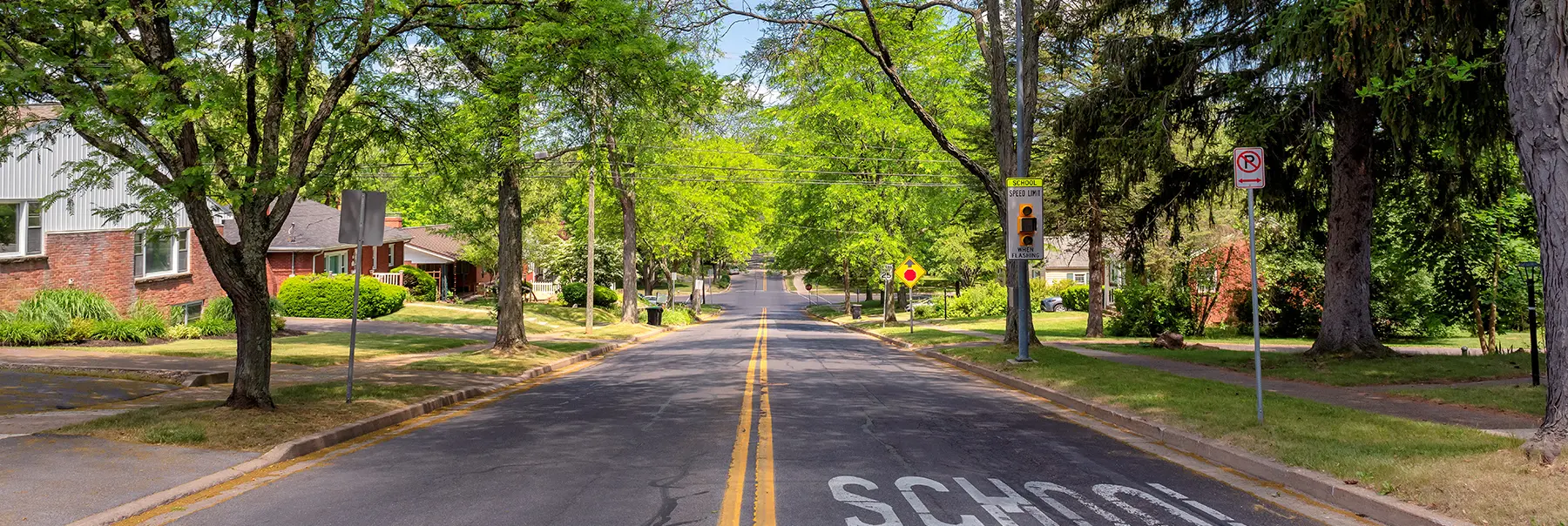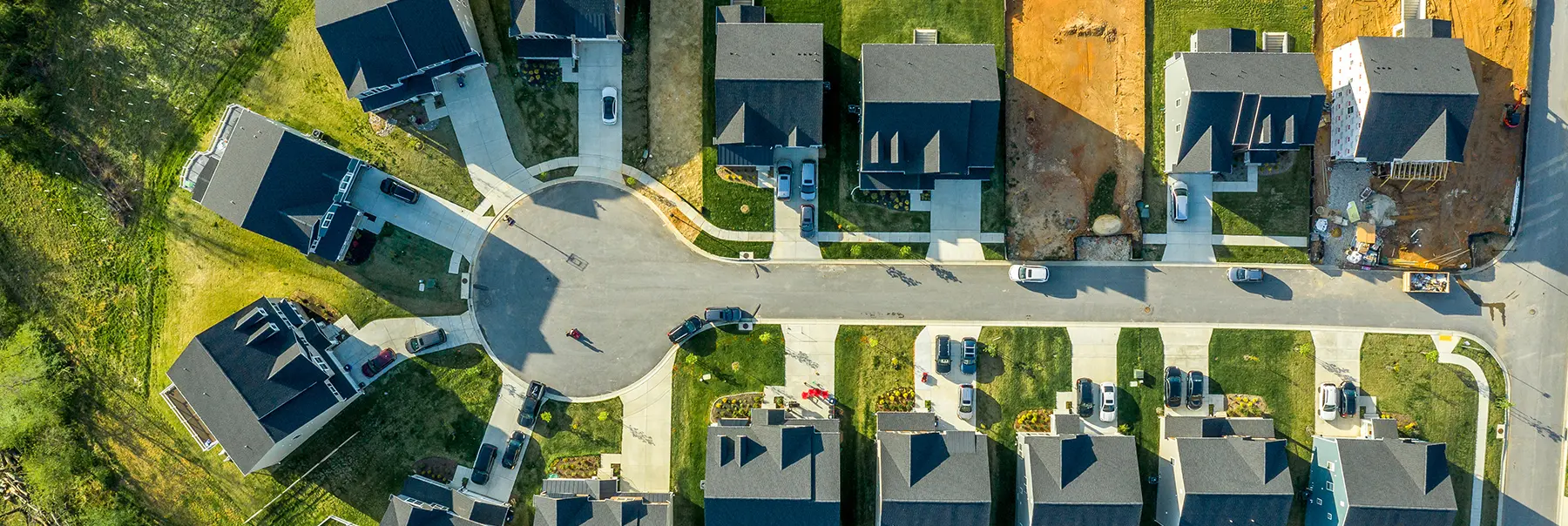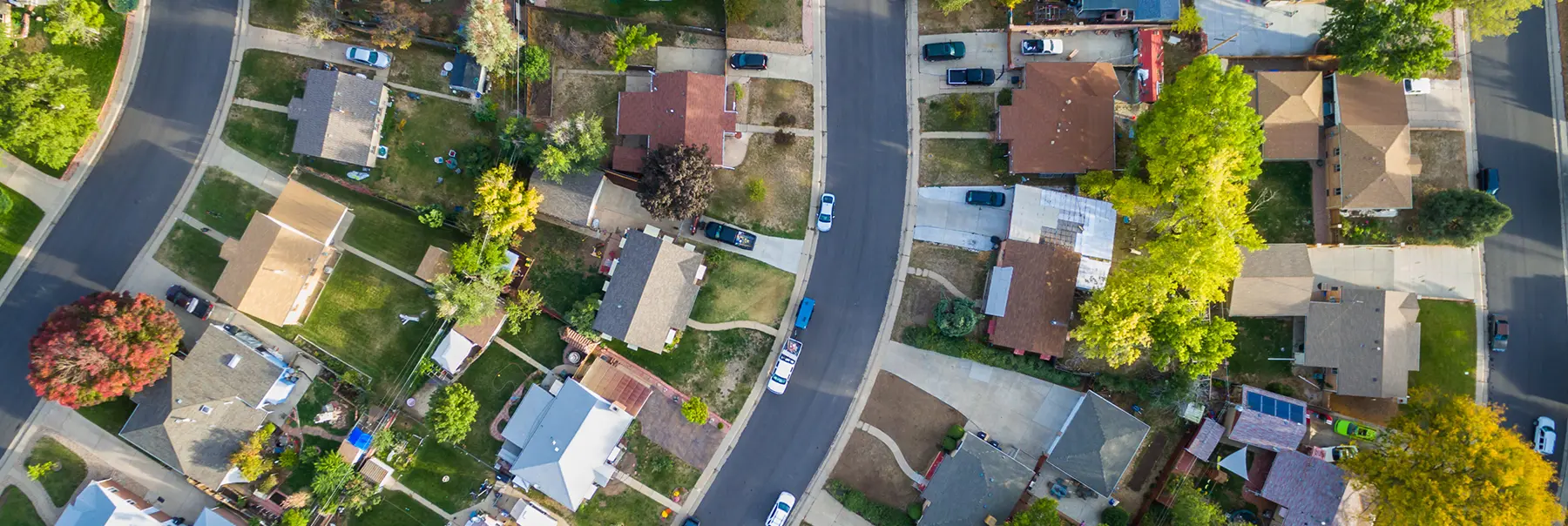It took Sebrina Hunter 36 years to buy her first home.
“I wanted to be a homeowner. I’ve waited a long time,” she said.
She finally met Daisy White, a real estate broker, at a resource fair sponsored by her employer, Sunshine Children’s Home. At the time, she knew next to nothing about how to go about buying a house.
But what Ms. Hunter, now in her mid-50s, lacked in experience, she more than made up for in determination.
“Sebrina was very positive,” Ms. White said. “She didn’t get discouraged.”
When she began house hunting, Ms. Hunter set her budget at $100,000, but quickly discovered that was insufficient to get the home she wanted. She updated her loan application for a larger mortgage, found a wider range of houses at that price level, and finally found a home she loved in the 3500 block of Willys Parkway — but she had to pay a premium to get it.
The asking price was $149,900. Ms. Hunter bid $160,000 and got the house.
“That was more than I expected to pay,” she said, “but I love the home and the area.”
Her experience shows how the dynamics of homebuying have changed dramatically in recent years. It is now common for prospective buyers like Ms. Hunter to offer more than the asking price — because if they don’t, someone else probably will.
The Toledo-area housing market has surged over the last 12 months. The numbers from the Northwest Ohio Realtors tell the story. Comparing June, 2024, to June, 2025, closed sales are up 34.3 percent. Total dollar volume is up over 51 percent. The median sales price rose 15.5 percent to $216,000, while the average sales price increased by 13.1 percent to $254,948.
The numbers do not appear to reflect a surge of people moving into Toledo. Rather, there are too many dollars chasing too few properties. Some, but not all, of those dollars are coming from investors, some of whom are out of town and participate in real estate investment trusts that give investors partial ownership in numerous properties.
The shortage of affordable housing is also making lower-end properties less affordable.
“There just isn’t enough inventory, nor will there be enough inventory for years to come,” said Stephen Toon, the treasurer of the Northwest Ohio Realtors.
Mr. Toon points to other obstacles the new market conditions pose for people who are looking to buy their first home. Those obstacles include not having enough for a down payment on a property whose value has increased sharply, not being able to get a mortgage at the low rate that prevailed a few years ago, and a revaluation of properties that has increased property taxes.
“I’ve been working with one client who wants to buy a home for a year and a half,” he said. “This is a challenging market for people who want to take that first step into home ownership.”
Not Enough Homes
Beyond those financial considerations lies the blunt fact that few new modestly-priced houses are being built in the city.
“The cost of building has gone up,” Mr. Toon said. “If builders are going to go out and build, they want to target a particular price point — say, $400,000 and up. We’re not building the houses that need to be built because the builders can’t make a profit.”
These factors, said Erin McPartland, the executive director of Maumee Valley Habitat for Humanity, are putting the dream of home ownership further out of reach for many people.
“That starter home no long really exists,” she said. “For first-time home buyers who want an affordable starter home, there is nothing on the market in that price range. Our average home here costs $200,000. That’s extremely affordable in national terms, but the average annual income in Toledo ranges from $65,000 to $85,000. People at that income level can’t afford those homes — and homes they can afford often need serious repairs.”
Ms. McPartland believes that affordable housing is the No. 1 need in the Toledo area. She notes that 42 percent of the calls that come into the United Way’s 211 health or human service phone number are housing-related.
“The need outstrips the available resources,” she said. “Habitat can only build around five to seven homes a year — and we have over 100 people on our waiting list.”
A short supply of affordable houses is not the only factor heating up the local real estate market. Some of the increase in the number and dollar value of real estate transactions in the Toledo area is due to the emergence of Toledo as a prime locale for real estate investors, many of whom do not live in the area.
“What’s new in the real estate market here is that organized investors with a lot of funding behind them are buying,” said Daniel Hammel, a University of Toledo professor of urban geography and housing. “Upper middle class professionals are looking for a place to put their money. It’s become easier for corporations to buy and rent houses across the country. As of 2022, there was evidence of them coming into the Toledo market.”
Mr. Hammel believes those investors, rather than people who are moving to Toledo, are driving up home prices. He points out that the rate of home ownership in Toledo dropped between nine and 12 percentage points between 2007 and 2012.
“For people trying to buy a home, Toledo has been a decent place for them to do that — but that’s changing,” he said. “The insanely high numbers we are seeing now are being driven by investors.”
Buyers Feel the Pain
The surging real estate market has caused first-time homebuyers to adjust their strategies and their expectations.
Matthew Watson, a real estate broker with RE/MAX Preferred Associates Lifetime Group, counsels prospective homebuyers to look for properties that have been on the market for a while.
“That’s where we can come in and negotiate and get some concessions,” he said. “Another strategy is to look for grants to help with a down payment.”
But Mr. Watson acknowledges it’s tough for individual homebuyers to fight against cash.
“I’ve had older people refinance their homes and give their kids the cash so they can buy their first house,” he said. “And investors are buying a lot of properties for cash. They focus on single-family homes because they’re easier to rent.”
Mr. Watson said that when he represents a buyer, he tries to find out what’s important to the seller. For example, if a seller needs time before the sale is completed, the buyer can offer to be more flexible with the date of possession.
Despite the tough market, Mr. Watson still believes that homebuyers can grow their wealth in Toledo.
“You can grow your wealth here, that’s for sure,” he said, “but the market impacts people trying to pursue the American dream of owning their own home.”
One of the people who have been chasing that dream is Darlasia Hudspeth, a registered nurse in her mid-30s who works at Mercy Health St. Charles Hospital. She has been looking for a home of her own for more than a year.
She moved back in with her mother to save money for a down payment. She placed offers on several properties but was consistently outbid by people willing to pay $20,000 more than the property’s asking price.
“It’s been a long, hard, trying process,” she said. “And sellers aren’t putting as much effort into it as they used to. What they’re offering on the price is so much less than it would have been a year ago. I’ve been forced to change my expectations, to downsize what I wanted because the market has changed so much.”
But Ms. Hudspeth learned from the tactics that had repeatedly been used against her. When she saw a house she wanted, she offered more than the seller’s asking price. She is now under contract for the purchase of a blue bungalow in the 1000 block of Brookley Road in Toledo. The seller had asked for $160,000. Ms. Hudspeth offered $175,000 — and her offer was accepted






